Category: Basic Electronics

App note: Transformers
All about transformers and its different uses in this application note from Murata. App note: Transformers -...
Continue Reading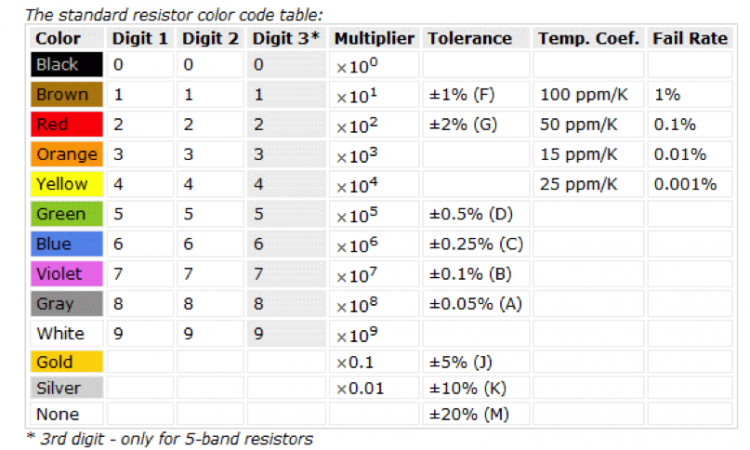
How to Select a Resistor
In this guide Sanket Gupta @ octopart.com explains how to select a resistor from a range of common resistor types. In this blog, we will explain all the different types of resistors, their merits and demerits, and popular applications. We have included some recommendations for...
Continue Reading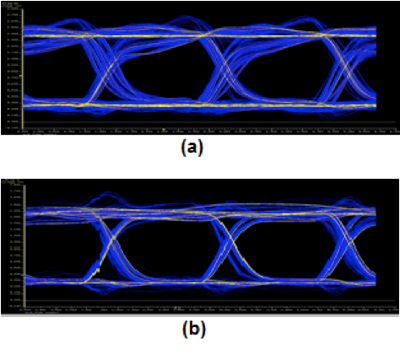
Eye Diagram Basics: Reading and applying eye diagrams
Deepak Behera, Sumit Varshney, Sunaina Srivastava, and Swapnil Tiwari discuss about using an oscilloscope to create eye diagrams and quickly evaluate system performance and gain. Accelerating data rates, greater design complexity, standards requirements, and shorter cycle times put...
Continue Reading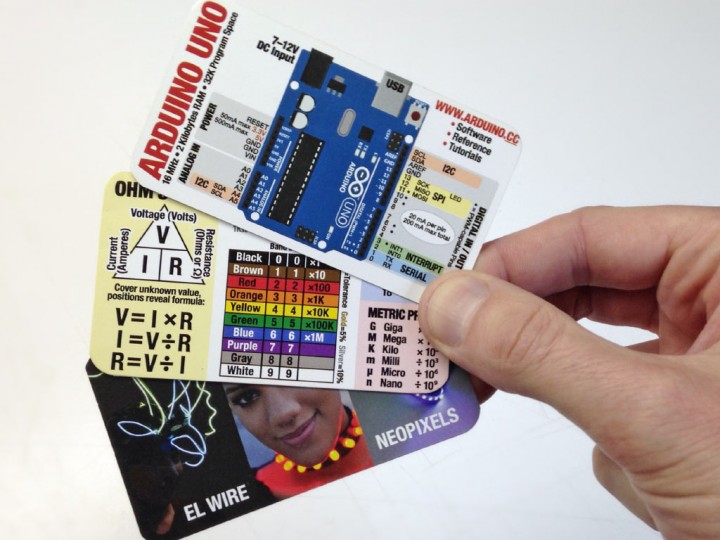
Electronics & Arduino Reference Cards
Adafruit has published some new Business card-sized references for Arduino and basic electronics. Adobe Illustrator format files are available for download on their github.com repository. Adobe Illustrator format. These are sized for Overnight Prints‘ standard business card...
Continue Reading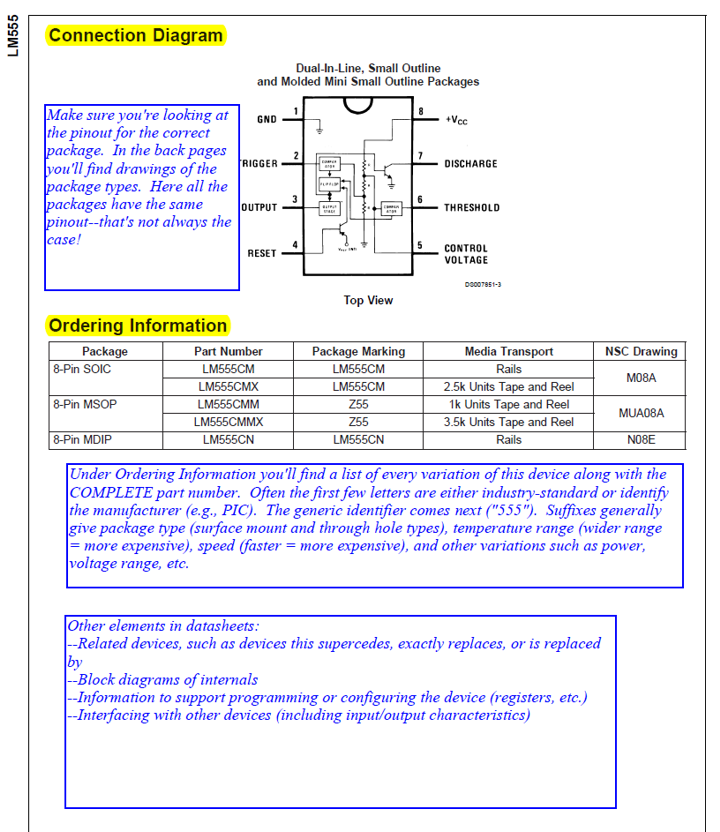
How to Read a Datasheet
Here is a PDF document written by D. Grover, explaining how to understand a manufacturer's datasheet. It goes through the 555 timer IC datasheet and gives an explanation on various parts. How to Read a Datasheet -...
Continue Reading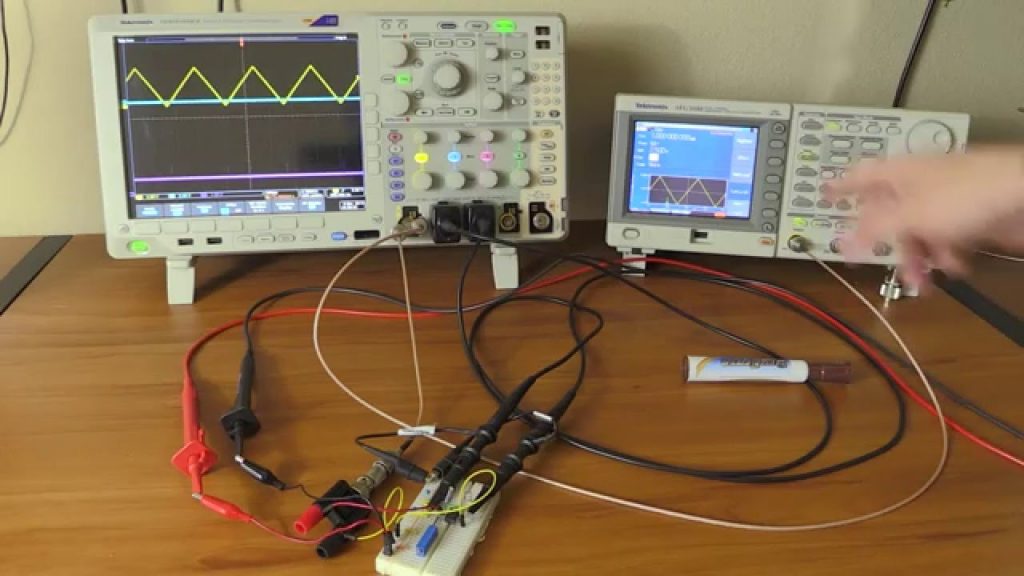
Generating PWM Signals
In this video "KF5OBS" showing us how to generate a PWM signal that's behaving proportionally to analog control signal. Generating PWM Signals -...
Continue Reading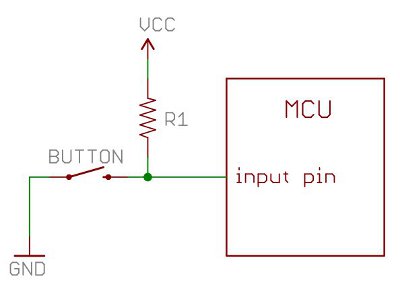
Pull-up Resistors explained
a1ronzo @ learn.sparkfun.com explains us the importance of pull-up resistors and when and why they are used in digital circuits. Pull-up resistors are very common when using microcontrollers (MCUs) or any digital logic device. This tutorial will explain when and where to use pull-up...
Continue Reading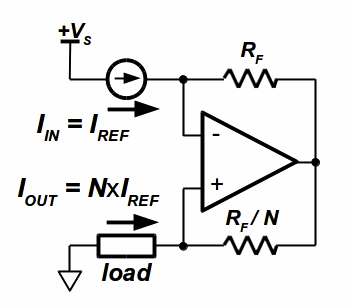
Precision programmable current source uses two ICs
by Stefano Salvatori & Pietro Oliva @ edn.com: This Design Idea mates a precision current source IC with precision difference amp chips to create a programmable current source or sink. The resistor-programmable current source/sink in Figure 1 illustrates the basic topology,...
Continue Reading











